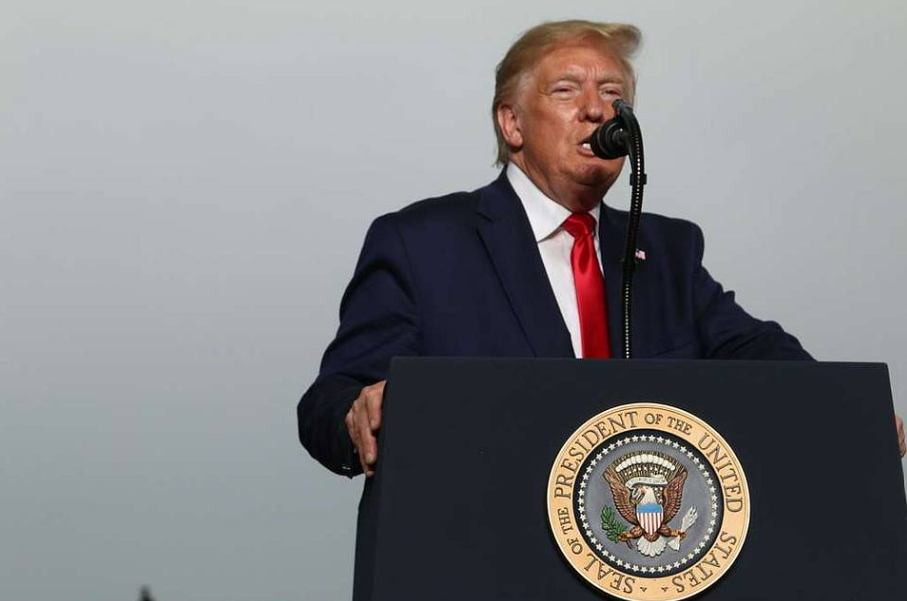NASA is actively planning for a hypothetical asteroid impact scenario, with a particular focus on an asteroid that has a 72 percent chance of hitting Earth within the next 14 years. This exercise is designed to prepare for the possibility of a significant asteroid impact, a natural disaster that NASA notes is the only one we have the technology to predict and potentially prevent years in advance.
The simulation, held at the John Hopkins Applied Physics Laboratory in Maryland, involved nearly 100 experts who strategized responses to an asteroid impact. The exercise revealed challenges, such as insufficient initial findings about the asteroid’s size and trajectory, and a seven-month observation delay because the asteroid passed behind the sun after being discovered. These conditions added complexity to the scenario, emphasizing the need for thorough preparedness.

Lindley Johnson, planetary defense officer emeritus at NASA, highlighted the importance of these exercises, which help refine response strategies for potential real-world threats. The exercise used data from NASA’s Double Asteroid Redirection Test (DART) mission and focused on coordination with agencies like FEMA, which would play a crucial role in managing such a disaster.
Additionally, NASA is developing the NEO Surveyor, expected to launch in June 2028, to accelerate the detection of potentially hazardous objects heading toward Earth. This tool will enhance our ability to spot and respond to threats earlier, thereby improving our chances of preventing an impact.
Following the simulation, NASA plans to release a comprehensive report detailing the exercise’s findings, identifying strengths and weaknesses, and providing recommendations for improving response strategies. This proactive approach underscores NASA’s commitment to safeguarding Earth from potential asteroid impacts through advanced planning and technological innovation.




